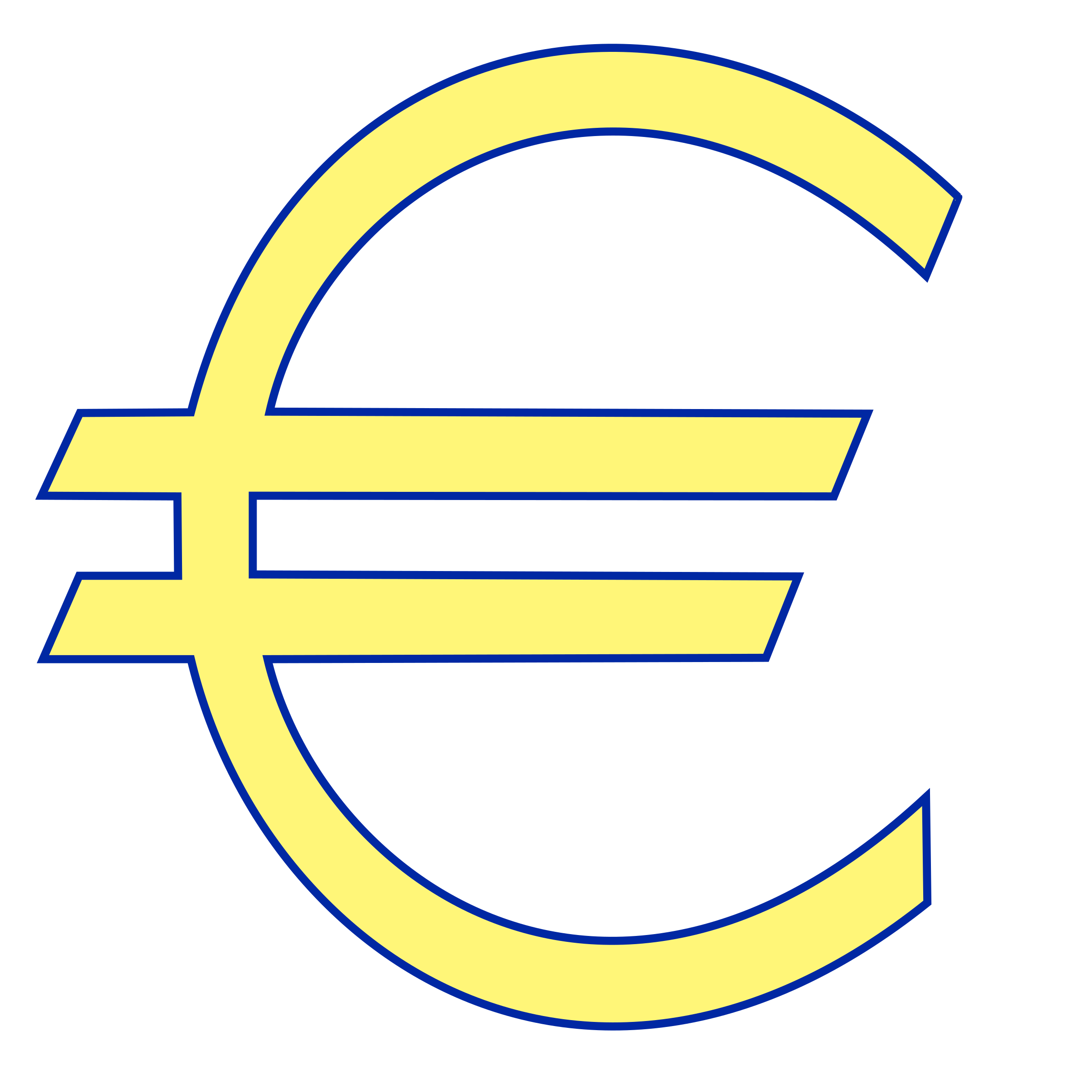Unpacking The Euro Symbol Money: Your Ultimate Guide To Europe's Currency
When you think of Europe, you can't help but think of its iconic currency: the euro symbol money. This little "€" has become a symbol of unity, progress, and financial stability across the continent. But what exactly is it? How did it come to be? And why does it matter so much to people around the world? Let me break it down for you, my friend.
Let’s face it, money talks. And when it comes to the euro symbol money, it speaks volumes. This currency isn’t just a piece of paper or metal coins—it’s a powerful tool that shapes economies, businesses, and even our daily lives. Whether you're planning a trip to Paris, investing in European stocks, or simply curious about global finance, understanding the euro symbol is crucial.
Now, before we dive deep into the world of euros, let me tell you this: the euro symbol money is more than just a currency. It represents decades of collaboration, innovation, and economic transformation. So, grab your coffee, get comfy, and let’s unravel the story behind this fascinating symbol together.
Read also:United Pilot Attacked The Inside Story Of Turbulence Beyond Altitude
Understanding the Basics of Euro Symbol Money
What Exactly Is the Euro?
Alright, here’s the lowdown on the euro symbol money. The euro, represented by the symbol "€," is the official currency of 19 out of 27 European Union (EU) member countries. These countries are collectively known as the Eurozone. Introduced in 1999 as a digital currency and later in 2002 as physical banknotes and coins, the euro has become one of the most widely used currencies globally.
Here’s a fun fact: the design of the euro symbol was inspired by the Greek letter epsilon (ϵ), symbolizing Europe’s rich cultural heritage, while the two parallel lines represent stability and strength. Cool, right?
Why Does the Euro Matter?
The euro symbol money isn’t just a currency; it’s a game-changer. For starters, it simplifies trade and travel within the Eurozone. No more exchanging currencies or worrying about fluctuating exchange rates. Plus, it promotes economic stability, making it easier for businesses to operate across borders.
- Facilitates seamless transactions across Europe
- Promotes price transparency
- Encourages economic growth and stability
And let’s not forget its global impact. The euro competes with the US dollar as a major reserve currency, influencing financial markets worldwide. So, whether you’re a traveler, investor, or just someone curious about world economics, the euro symbol money is worth understanding.
The Birth of the Euro Symbol
A Brief History of the Euro
Let’s take a trip back in time to understand how the euro symbol money came to be. The idea of a single European currency was first proposed in the 1960s as part of the broader vision for European integration. Fast forward to 1992, and the Maastricht Treaty officially laid the groundwork for the euro’s creation.
In 1999, the euro was introduced as a digital currency, replacing national currencies like the German mark and French franc. Then, on January 1, 2002, euro banknotes and coins were officially launched, marking a historic moment for Europe. Today, the euro symbol money is used by over 340 million people across the continent.
Read also:Ashley Sutton Shines At The Yellowjackets Season 3 Global Premiere In La
Key Milestones in the Euro’s Journey
Here’s a quick rundown of the major milestones in the euro’s journey:
- 1992: The Maastricht Treaty establishes the euro
- 1999: Euro introduced as a digital currency
- 2002: Euro banknotes and coins enter circulation
- 2009: Euro becomes the world’s second-largest reserve currency
Each of these milestones reflects the growing importance of the euro symbol money in shaping Europe’s economic landscape.
How the Euro Symbol Works
Design and Features of Euro Banknotes
Now, let’s talk about the nitty-gritty of the euro symbol money. Euro banknotes come in seven denominations: €5, €10, €20, €50, €100, €200, and €500. Each note features a unique design inspired by different periods of European architecture, from classical to modern.
And guess what? These banknotes are packed with security features to prevent counterfeiting. From watermarks and holograms to special threads and microprinting, every euro note is a masterpiece of modern technology. So, the next time you hold a euro in your hand, take a moment to appreciate its intricate design.
Coins and Their Symbolism
But wait, there’s more! Euro coins come in eight denominations: €0.01, €0.02, €0.05, €0.10, €0.20, €0.50, €1, and €2. While the front of each coin features a common design, the back showcases national symbols unique to each issuing country.
This duality reflects the euro symbol money’s commitment to unity and diversity. It’s like a big European family, where everyone brings something unique to the table. Pretty cool, huh?
The Economic Impact of the Euro Symbol
Benefits for Consumers and Businesses
Let’s talk about the real-world impact of the euro symbol money. For consumers, it means no more confusing exchange rates or hidden fees when traveling within the Eurozone. Shopping, dining, and even paying for services becomes a breeze.
For businesses, the euro symbol money simplifies cross-border trade. Imagine being able to sell your products to millions of customers without worrying about currency conversions. That’s the power of the euro. Plus, it promotes price transparency, making it easier for consumers to compare prices across countries.
Challenges and Criticisms
Of course, no story is complete without its challenges. The euro symbol money has faced its fair share of criticism over the years. Some argue that it limits national monetary policy, making it harder for countries to respond to economic crises. Others point to the wide disparities in economic performance among Eurozone members.
Despite these challenges, the euro continues to thrive. And let’s not forget the global financial crisis of 2008, where the euro symbol money played a crucial role in stabilizing European economies. So, while there may be bumps along the way, the euro remains a symbol of hope and resilience.
Global Influence of the Euro Symbol Money
Role in International Trade
Now, let’s zoom out and look at the euro symbol money’s global influence. As the world’s second-largest reserve currency, the euro plays a vital role in international trade and finance. It’s used in everything from oil contracts to foreign exchange markets, making it a key player on the global stage.
But why does this matter? Well, a strong euro means more opportunities for European businesses to expand globally. It also strengthens Europe’s position as a leader in global finance, influencing everything from interest rates to economic policies.
Comparison with Other Major Currencies
Let’s compare the euro symbol money with other major currencies like the US dollar and Japanese yen. While the dollar remains the world’s dominant reserve currency, the euro is quickly gaining ground. Its stability, backed by the European Central Bank, makes it an attractive option for investors worldwide.
And don’t forget its unique features, like the dual design of euro coins, which celebrate both unity and diversity. It’s these little details that set the euro apart from other currencies.
Practical Uses of the Euro Symbol Money
Everyday Transactions
So, how does the euro symbol money affect your everyday life? Whether you’re buying a coffee in Rome or paying for groceries in Berlin, the euro makes transactions seamless and stress-free. Plus, with the rise of digital payments, using euros has never been easier.
And let’s not forget about online shopping. With the euro symbol money, you can purchase goods and services from anywhere in the Eurozone without worrying about exchange rates. It’s like having a universal currency in your pocket.
Investment Opportunities
For investors, the euro symbol money opens up a world of opportunities. From stocks and bonds to real estate and commodities, the euro provides access to a diverse range of investment options. And with its stability and global influence, it’s a smart choice for anyone looking to diversify their portfolio.
Plus, the euro symbol money’s strong performance against other currencies makes it an attractive option for long-term investments. So, whether you’re a seasoned investor or just starting out, the euro is worth considering.
Future of the Euro Symbol Money
Trends and Innovations
Looking ahead, the euro symbol money is set to play an even bigger role in shaping the future of finance. With advancements in digital technology, we’re likely to see more innovations in how euros are used and managed. From digital wallets to blockchain-based transactions, the possibilities are endless.
And let’s not forget the growing focus on sustainability. As Europe moves towards a greener future, the euro symbol money will play a key role in financing renewable energy projects and promoting sustainable development.
Predictions for the Eurozone
So, what’s next for the euro symbol money? Experts predict continued growth and expansion, with more countries joining the Eurozone in the coming years. This will further strengthen the euro’s position as a global currency and enhance its influence on world markets.
But remember, the future is always uncertain. While the euro symbol money has proven its resilience time and again, challenges like economic disparities and political instability could still pose risks. That’s why staying informed and adaptable is key to navigating the ever-changing world of finance.
Conclusion: Why the Euro Symbol Money Matters
Let’s wrap things up, my friend. The euro symbol money isn’t just a currency—it’s a symbol of unity, progress, and financial stability. From its humble beginnings in 1999 to its current status as a global powerhouse, the euro has come a long way. And as we’ve seen, it plays a vital role in shaping economies, businesses, and even our daily lives.
So, whether you’re planning a trip to Europe, investing in global markets, or simply curious about world economics, understanding the euro symbol money is crucial. And hey, who knows? Maybe the next time you hold a euro in your hand, you’ll appreciate its rich history and global significance a little more.
Now, it’s your turn. Got any questions or thoughts about the euro symbol money? Drop a comment below, share this article with your friends, or check out some of our other content on global finance. Together, let’s keep the conversation going!
Article Recommendations

